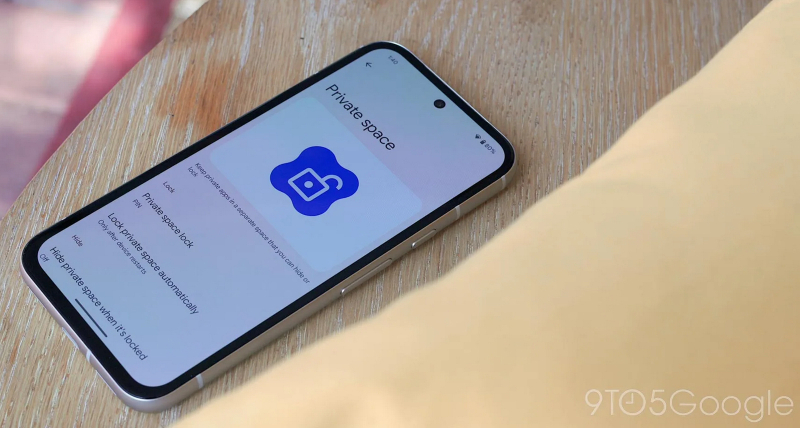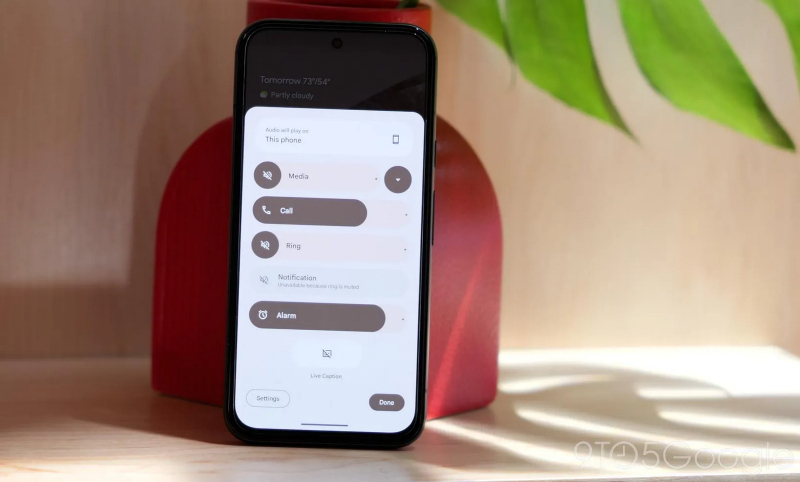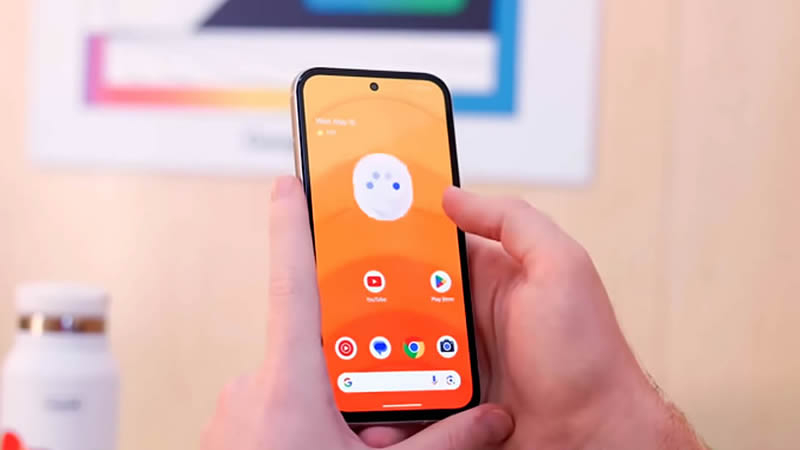Google has released the second beta version of the Android 15 operating system. The update will be available not only for the Pixel series smartphones but also for devices from other manufacturers including Honor, OnePlus, iQOO, Lenovo, Nothing, Realme, Oppo, Tecno, Sharp, Vivo, and Xiaomi.
Major Updates of Android 15
One of the key updates in Android 15 is the Private Space feature. It allows users to create separate encrypted profiles on their smartphones for storing personal files, photos, messages, and other confidential information. When a private profile is locked, all apps related to it automatically stop. Private Space will have independent screen lock settings, and users can set a separate password or another security mechanism for it. Moreover, private apps will not appear on the home screen and in the recent apps list, ensuring data protection from accidental access.


Predictive Backward Gesture
An interesting update is the ‘Predictive Backward Gesture.’ Now, when a user navigates between pages of an app or exits it, they will see where exactly the ‘Back’ gesture will take them and confirm if it will close the app. This function is active by default in the second beta of Android 15. However, it primarily works only in the apps that have added support for it, primarily Google services and settings.
Performance and Energy Efficiency Improvement
Another significant improvement pertains to performance and energy conservation. Android 15 won’t allow apps to actively function in the background for more than 6 hours, reducing unneeded CPU load and battery usage. Additionally, Google promises to optimize the transitions between apps and regimes for smoother operation. Large-screen devices will have an option to pin the recent apps panel, and the ‘picture in picture’ mode will have improved transitioning animation.


Design and Notification Upgrades
The volume panel design, triggered by pressing the three dots on the mini panel, has changed. The volume regulators for media, notifications, calls, and alarms are now styled in Material You, with thick sliders. Another useful feature is the expanded vibration settings for notifications. Users can now allocate unique haptic signals for different apps and notification types. The updated Google Health Connect module has added new sensor support, including body temperature tracking. Users can also create a shortcut for a pair of apps for quick launching in a split-screen mode, and the ‘Don’t recommend’ option is now available upon holding an app’s icon in the recommended list.
What’s Next
In essence, the new version of Android focuses on enhancing usability, performance, and personal data security. The forthcoming beta version is expected in June, with the final one a month later followed by Google’s final public release announcement. Meanwhile, device manufacturers are testing the beta version for compatibility with their software and hardware.





